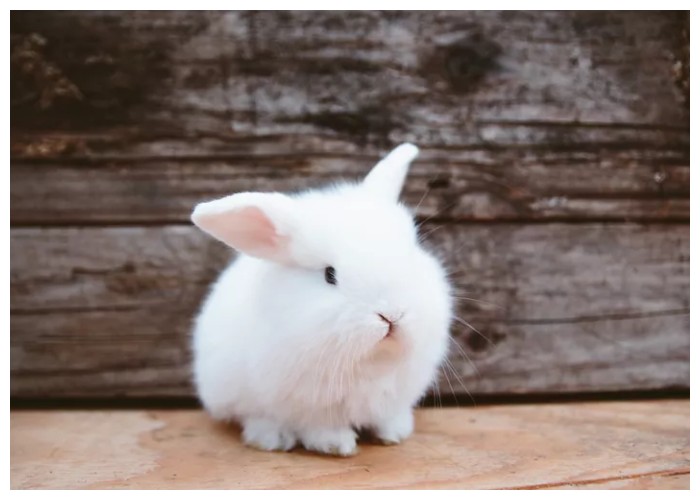While often underestimated, rabbits possess distinct personalities and a rich repertoire of behaviors that communicate their feelings. For those new to rabbit ownership, understanding these cues is essential for building a bond with your pet. From joyous leaps to subtle sounds, each action of your rabbit reveals a facet of their emotional life.
Joyful Leaps: The Art of Binkying
The term ‘binkying’ might sound odd to the uninitiated, but it’s one of the most positive signs in rabbit communication. A binky occurs when a rabbit jumps into the air and twists its body, sometimes kicking its feet out in a burst of happiness. Contrary to a novice’s belief that the rabbit might be frightened or attempting to flee, a binky is a robust expression of joy. Observing a binky is a clear indication that your rabbit is happy and comfortable in its environment.
The Digging Instinct
Digging is an instinctual behavior for rabbits. Their wild relatives dig complex burrow systems for shelter and reproduction, and domestic rabbits retain this natural tendency. While this behavior can be frustrating for owners, especially when it leads to household damage, understanding it as a normal aspect of rabbit life is important. Rabbits also dig to seek attention from their humans, so next time your rabbit digs at your feet, consider it a sign they want some interaction.

The Bunny 500: A Display of Euphoria
Have you ever seen your rabbit run laps around the room at breakneck speed? Welcome to the ‘bunny 500,’ an exuberant display that signifies your rabbit is in a state of sheer excitement. Whether they are playing, anticipating a treat, or simply burning off energy, this behavior is a healthy and entertaining expression of a rabbit’s cheerful disposition.
Understanding Rabbit Flopping
The sight of a rabbit flopping onto its side can be alarming to those unfamiliar with the behavior, but rest assured, it’s a sign of a relaxed and content rabbit. Often preceded by a sitting position, a flop to the side with closed eyes and a still body differs significantly from the distressing movements of a seizure. Recognizing a flop can help reassure you that your rabbit feels safe and at peace.
Deciphering Rabbit Noises
Although quieter than other pets, rabbits communicate through a variety of sounds. Screaming, a rare and distressing noise, indicates severe fear or pain and is hopefully something you’ll never hear. More commonly, you might notice softer sounds like buzzing or honking when your rabbit is excited or interacting with fellow rabbits. Teeth grinding can signal either contentment or pain, depending on the context: a soft grind while relaxed suggests comfort, whereas a louder grind in a tense posture likely indicates discomfort.

Growling may occur if your rabbit feels threatened or territorial. Neutering or spaying can reduce territorial behaviors, but it’s important to monitor and understand these vocalizations to prevent conflicts, especially when introducing new rabbits.
Conclusion: Embracing the Complexity of Rabbit Communication
Understanding rabbit behavior and body language not only enriches your experience as a pet owner but also contributes to a harmonious living environment. Each hop, dig, and sound is part of a larger language that, when decoded, can significantly enhance the bond between you and your rabbit. As you become more attuned to these behaviors, you’ll find that your appreciation and love for your furry friend deepens, transforming everyday interactions into meaningful connections.